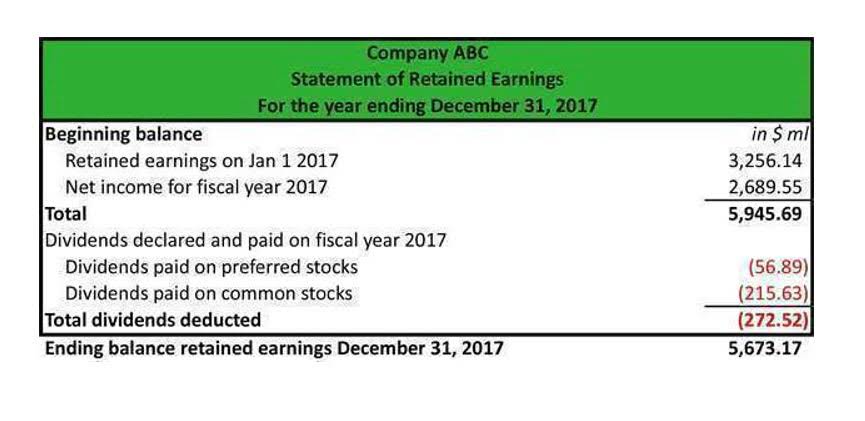
Each sale invoice is recorded as a line item in the sales journal as shown in the example below. In this example some information has been omitted to simplify the example. In practice, each line item would include the information listed above. In this case, the money paid by the customers has to be returned, and as a result, these go on the debit side. So, whether sales are credit or debit depends upon whether sales are made or products are returned.
What Is a Sales Journal Entry?
It does not only contain the price of the cost of goods sold, it also updates inventory. These two are basically the same columns but the name just changes depending on whether the client made a purchase on credit or by paying cash. If the payment is made in cash, the column becomes the sales column, but when it is paid on credit, the column becomes account receivables. Sales invoices are the primary inputs into the sales journal. In this example, we will assume that all sales are made on terms of 2/10, n/30 and that the gross method is used to record sales discounts. In this way, each account receivable is shown at its full amount.
- These types of entries also show a record of an item leaving your inventory by moving your costs from the inventory account to the cost of goods sold account.
- If the payment is made in cash, the column becomes the sales column, but when it is paid on credit, the column becomes account receivables.
- The sales journal only stores receivables; this means that sales made in cash are not recorded in it.
- Sales journal entries should also reflect changes to accounts such as Cost of Goods Sold, Inventory, and Sales Tax Payable accounts.
- Product knowledge training is about teaching employees everything they need to know about a company’s products or services.
How much will you need each month during retirement?
Now, let’s say your customer’s $100 purchase is subject to 5% sales tax. Your customer must pay you $5 ($100 X 0.05) in sales tax. Assets and expenses are increased by debits and decreased by credits. Liabilities, equity, and revenue are increased by credits and decreased by debits.

Cost of Goods Sold
We’ll also assume a 10% sales tax and a $15 cost of goods sold. Here are a few different types of journal entries you may make for a sale or a return depending on how your customer paid. Debits and credits work differently based on what type of account they are. For instance, cash is an asset account, while cost of goods sold is an expense account.
- We’ve gathered the information, analyzed the accounts, and calculated debits/credits.
- Cash payment journals record the cash payments made by the clients of a company.
- The cash receipts journal is used to record all receipts of cash for any reason.
- He has been a manager and an auditor with Deloitte, a big 4 accountancy firm, and holds a degree from Loughborough University.
- A copy of the sale invoice is also generated and handed down to the customer.
- A sales journal entry is a bookkeeping record of any sale made to a customer.

These types of entries also show a record of an item leaving your inventory by moving your costs from the inventory account to the cost of goods sold account. A sales journal entry records a cash or credit sale to a customer. sales journal It does more than record the total money a business receives from the transaction. Sales journal entries should also reflect changes to accounts such as Cost of Goods Sold, Inventory, and Sales Tax Payable accounts.

When a piece of merchandise or inventory is sold on credit, two business transactions need to be record. First, the accounts receivable account must increase by the amount of the sale and the revenue account must increase by the same amount. This entry records the amount of money the customer owes the company as well as the revenue from the sale. A sales journal is a subsidiary ledger used to store detailed sales transactions. Its main purpose is to remove a source of high-volume transactions from the general ledger, thereby streamlining it. The transaction number, account number, customer name, invoice number, and sales amount are typically stored in the sales journal for each sale transaction.
What is the approximate value of your cash savings and other investments?

Engineers require in-depth technical specifications, while marketers need to understand how to position the product effectively. Tailoring training to specific roles ensures employees have the exact information they need to succeed. These sales returns must also be recorded with journal entries. You would also credit sales discounts for the discount amount. We’ve gathered the information, analyzed the accounts, and calculated debits/credits. Now it’s time to officially log the entry into the accounting system.
- Plus, we’ll give you a free sample training module to see the difference firsthand.
- We’ll also assume a 10% sales tax and a $15 cost of goods sold.
- Under the periodic inventory method, the credit would be to Purchase Returns and Allowances.
- Sometimes, a specific identification number would also be added to track the product.
A sales journal is used to record the merchandise sold on account. Any entry relating to the sale of merchandise for cash is recorded in the cash receipts journal. If you have accounting software or a bookkeeper, you may not be making these entries yourself. But knowing how entries for sales transactions work helps you make sense of your general journal and understand how cash flows in and out of your business.
- Shaun Conrad is a Certified Public Accountant and CPA exam expert with a passion for teaching.
- Microlearning breaks down complex product information into easily digestible chunks.
- In this example, we will assume that all sales are made on terms of 2/10, n/30 and that the gross method is used to record sales discounts.
- By combining these training formats, you can create a comprehensive and engaging product knowledge training program that drives employee performance.
- It is the Principal book of Credit Sale Transactions, and the information recorded in it depends on the nature and requirement of each business.
- It does more than record the total money a business receives from the transaction.
